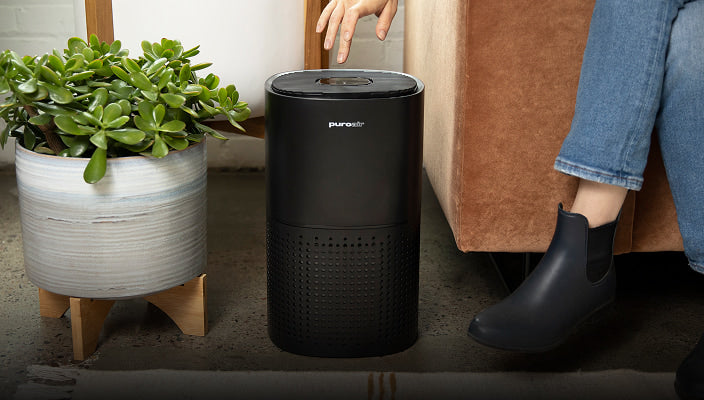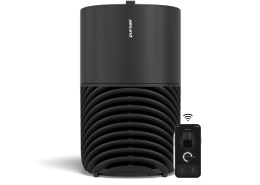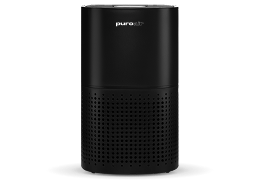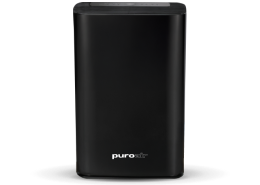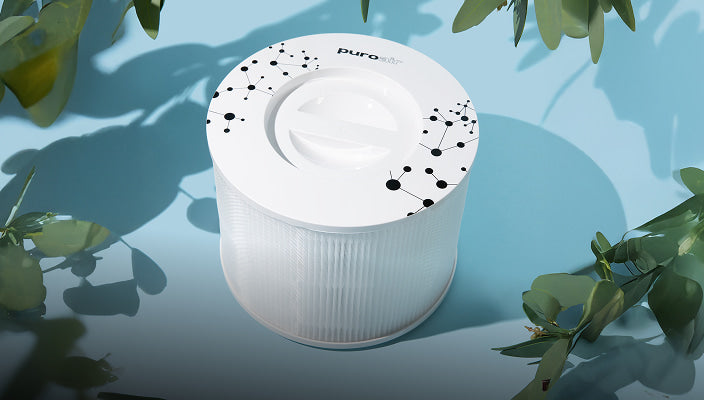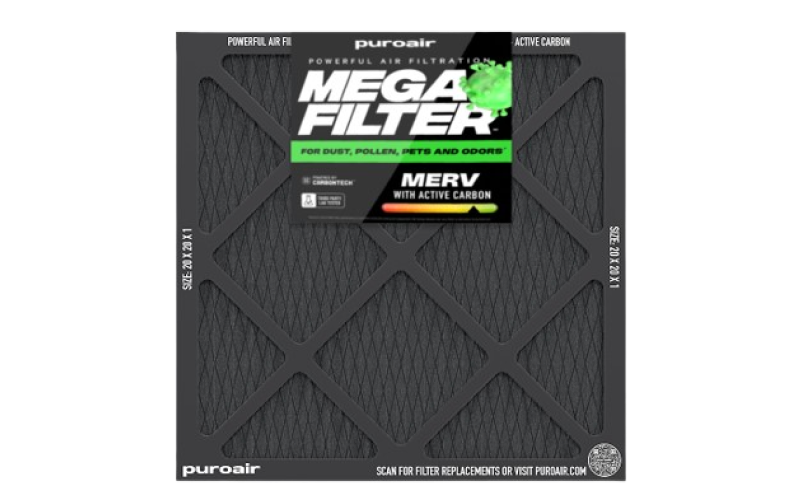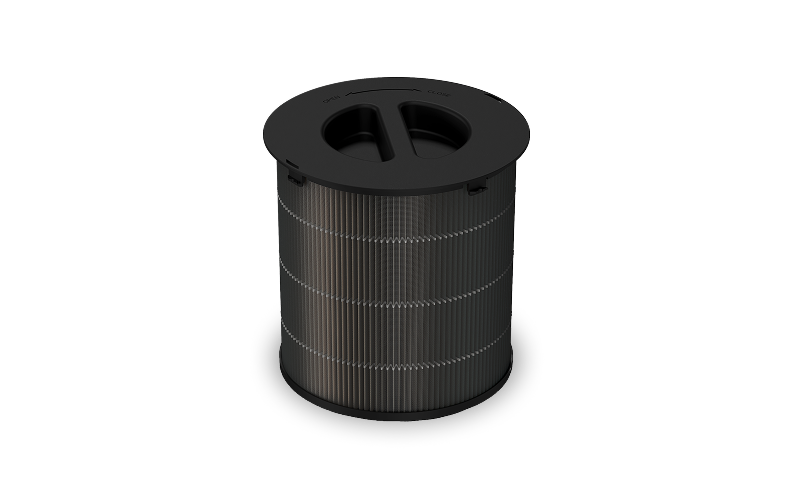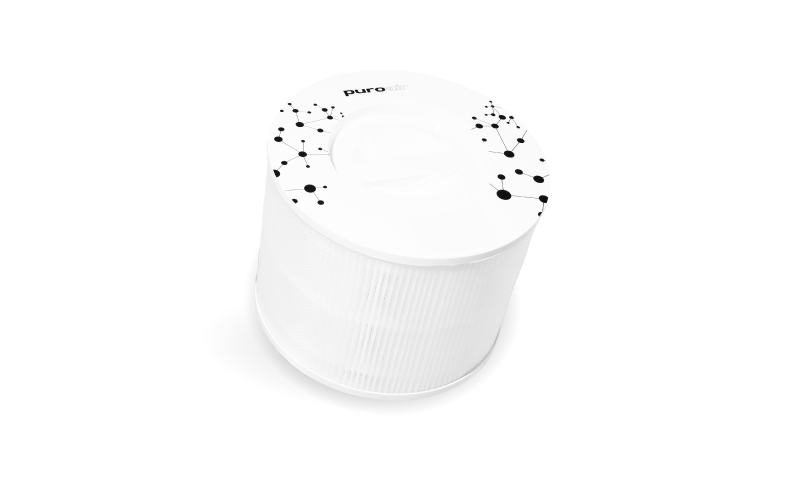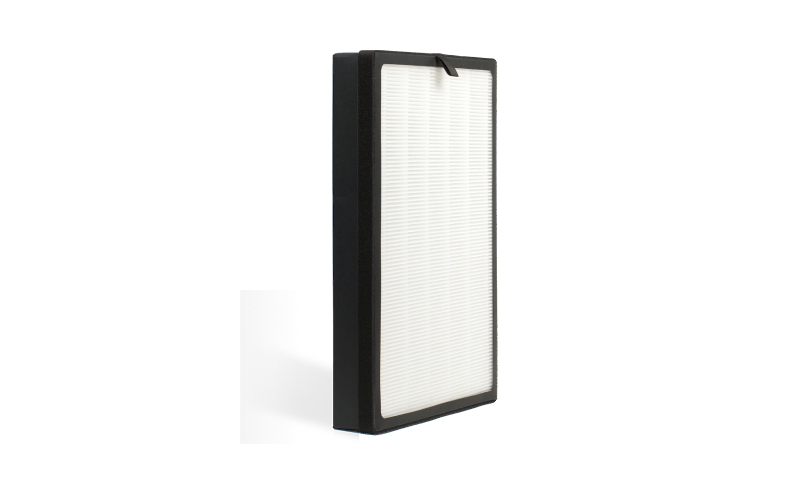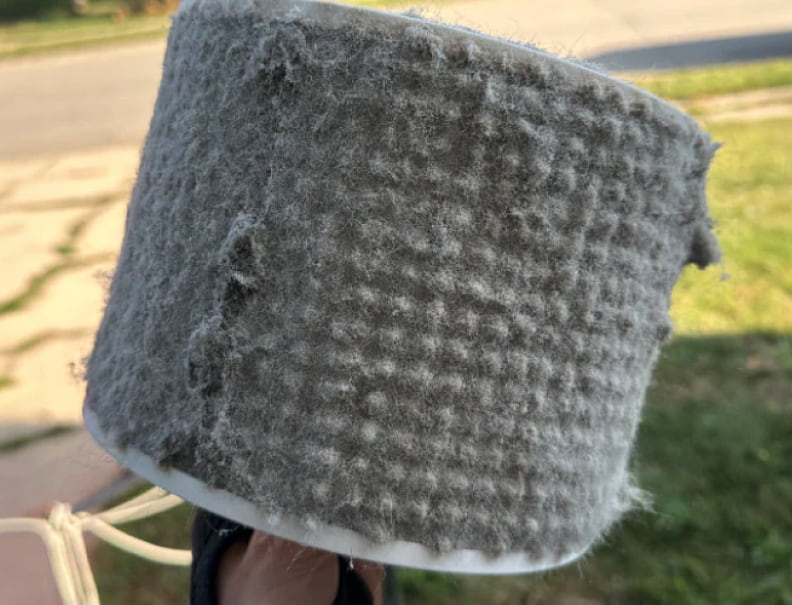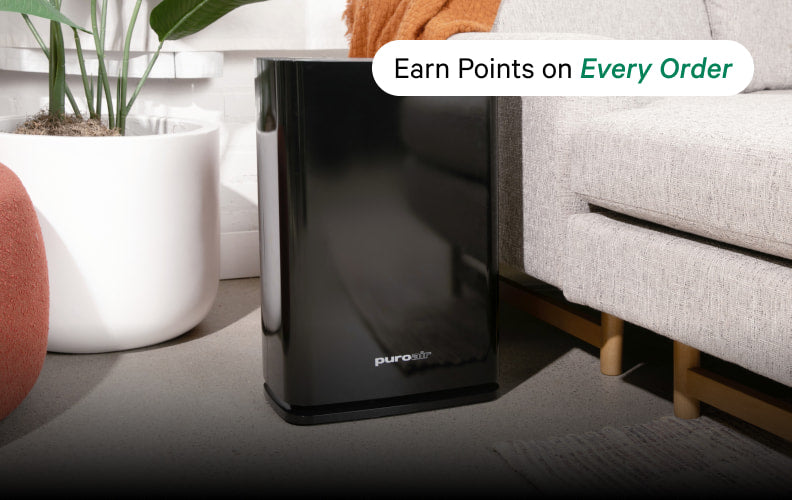Introduction to the Importance of Clean Air
Imagine walking into your home and taking a deep breath of crisp, clean air. For many homeowners, allergy sufferers, and health-conscious individuals, this is more than just a pleasant thought—it's a necessity. Indoor air quality has a direct impact on our health and well-being, influencing everything from respiratory health to sleep quality. But how can we ensure the air inside our homes is as clean as possible? Enter the world of air purifiers.
Understanding the Basics
How Do Air Purifiers Work?
Air purifiers are devices designed to remove contaminants from the air in a room, enhancing indoor air quality. They work by drawing in air, filtering out harmful particles, and then releasing the purified air back into the room.
Different Types of Air Purifiers
There are several types of air purifiers, each using different technologies to clean the air:
- HEPA (High-Efficiency Particulate Air) Filters: These are among the most effective, cleaning up to 99.9% of particles or down to 0.1 microns.
- UV (Ultraviolet) Air Purifiers: These use UV light to kill bacteria in the air.
- Ionic Air Purifiers: These release negatively charged ions that attract and neutralize indoor contaminants.
- Activated Carbon Filters: These are excellent at removing odors and gases through adsorption.
Each type has its unique mechanism and benefits, making it essential to choose one that fits your specific needs.
Do Air Purifiers Actually Work?
Scientific Evidence
The effectiveness of air purifiers has been backed by numerous scientific studies. Research shows that HEPA filters can significantly reduce small particles, including dust, pollen, pet dander, and smoke. For instance, a study published in the Journal of Allergy and Clinical Immunology found that air purifiers with HEPA filters reduced indoor particulate matter by 50%.
Real-world Impact
Beyond the lab, real-world evidence supports the positive effects of air purifiers. Many users report improved respiratory health, fewer allergy symptoms, and better overall well-being after using air purifiers in their homes.
Factors to Consider When Choosing an Air Purifier
Room Size
One of the first factors to consider is the size of the room where you'll use the air purifier. Ensure the device you choose is designed for an area equal to or larger than your space. For example, the PuroAir 240 is ideal for medium-sized rooms, while the PuroAir 400 is perfect for larger areas.
Filter Type
Different filters target different pollutants. A combination filter, like the PuroAir HEPA filter, which includes a pre-filter, HEPA filter, and activated carbon filter, can tackle a wide range of contaminants, including dust, pollen, smoke, and odors.
Noise Level
Consider the noise level of the air purifier, especially if you plan to use it in a bedroom or living area. Look for models with quiet operation modes.
Energy Consumption
Energy efficiency is another critical factor. Choose models with energy efficient ratings to ensure they won't significantly impact your electricity bill.
Real-world Testimonials and Case Studies
Homeowners' Experiences
Many homeowners have shared their positive experiences with air purifiers. For example, Sarah from Florida noticed a significant decrease in her allergy symptoms after using the PuroAir 400. "I used to wake up every morning with a stuffy nose and itchy eyes, but that's all changed since I started using my air purifier," she says.
Case Studies
A case study involving a daycare center showed that using multiple air purifiers significantly reduced the transmission of germs among children, demonstrating the potential health benefits for larger community settings.
Addressing Common Misconceptions
Misconception 1: Air Purifiers Are Only for Allergy Sufferers
While air purifiers are indeed beneficial for those with allergies, they also improve overall indoor air quality, making them valuable for anyone looking to breathe cleaner air.
Misconception 2: All Air Purifiers Are the Same
Not all air purifiers are created equal. The effectiveness varies based on the type of filter, the size of the unit, and the specific pollutants it targets.
Misconception 3: Air Purifiers Eliminate the Need for Cleaning
Air purifiers complement regular cleaning routines but don't replace them. It's still essential to dust, vacuum, and maintain good ventilation in your home.
Guide to Maintaining and Maximizing Efficiency
Regularly Replace Filters
To keep your air purifier working efficiently, replace filters regularly according to the manufacturer's instructions. For instance, the PuroAir HEPA filters should be replaced every 3-6 months, depending on usage.
Positioning Matters
Place your air purifier in a central location and ensure it's not obstructed by furniture or walls. This placement allows for optimal air circulation.
Keep It Clean
Wipe down the exterior and clean the air intake and outlet to prevent dust buildup, which can hinder performance. Follow the manufacturer's guidelines for any additional maintenance steps.
Conclusion
In today's world, maintaining high indoor air quality is more important than ever. Air purifiers, like the PuroAir 130i, PuroAir 240 and PuroAir 400, offer an effective solution for homeowners, allergy sufferers, and health-conscious individuals. By understanding how they work, choosing the right model, and maintaining it properly, you can enjoy cleaner air and a healthier home environment.

